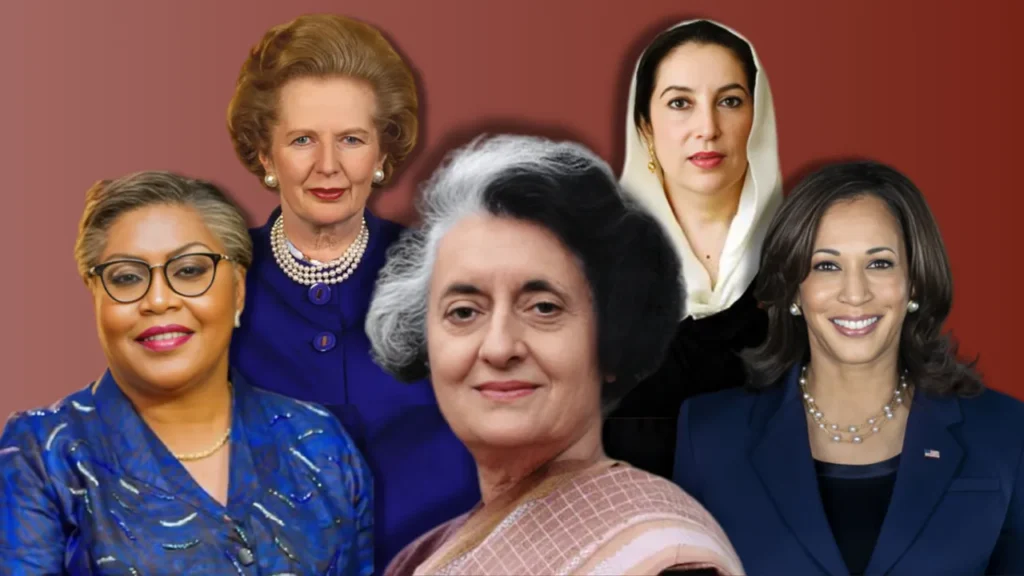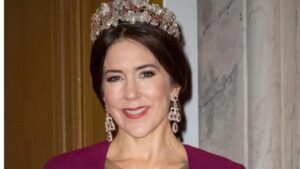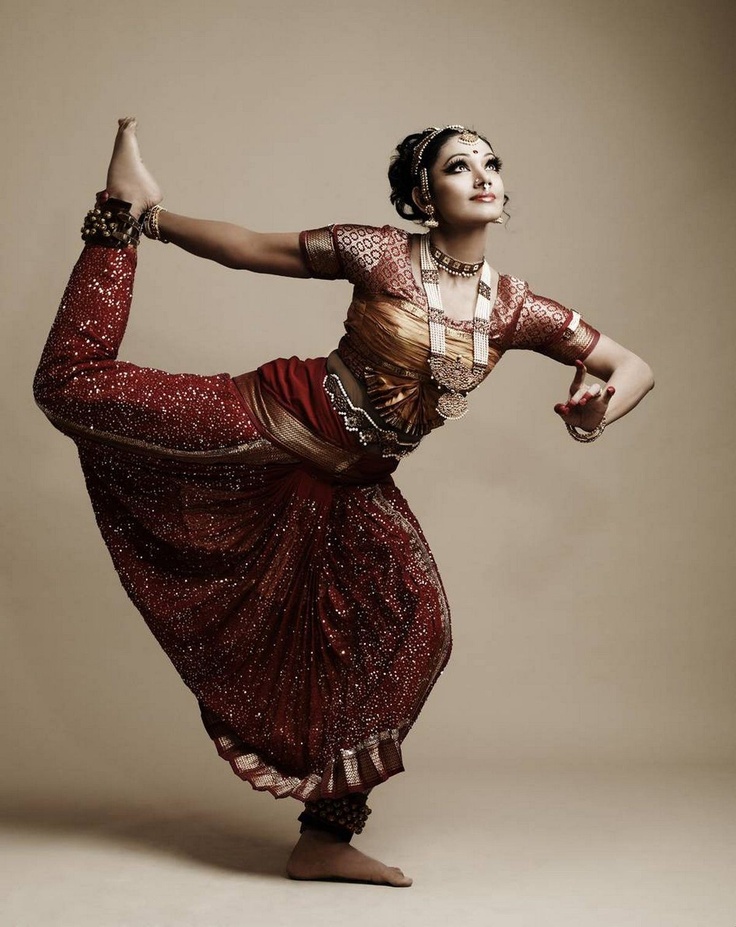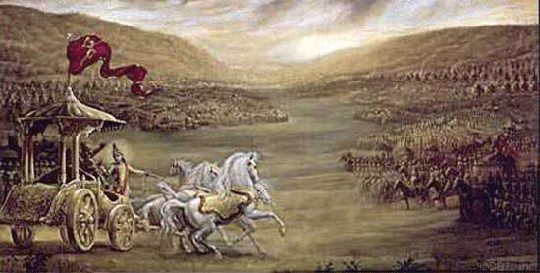What are the reasons for the global lag in female political leadership
As of January 10, 2024, there were 28 women serving as heads of state or government in 26 countries worldwide. Despite this progress, achieving gender parity in leadership roles may take another 130 years at the current pace.
Judith Suminwa Tuluka’s appointment as the prime minister of the Democratic Republic of the Congo marks a significant milestone, showing the gradual rise of female leaders in traditionally male-dominated fields. However, with only 28 women in top political positions globally, there’s a pressing need to increase women’s inclusion in executive government roles.
Tracing the History of Women in Power Since World War II, 59 UN member states have seen women rise to power. Sri Lanka led the way with Sirimavo Bandaranaike becoming the world’s first female prime minister in 1960. Over time, more countries embraced the idea of women in leadership, with notable figures like Indira Gandhi and Benazir Bhutto making their mark in South Asia.
The Turn of the Millennium The turn of the millennium saw a surge in female leadership worldwide. In 2010, countries like Australia and Costa Rica welcomed their first female leaders. Despite challenges, women continue to break barriers and shape global politics

.
Disparities in Executive Government Although progress has been made, disparities persist in executive government roles. Currently, only 15 countries have female heads of state, and 16 have female heads of government. Globally, women make up just 22.8% of cabinet members, with only 13 countries achieving gender parity in ministerial roles.
Challenges in Parliament and Local Government While women’s representation in national parliaments has increased, significant disparities remain across regions. Only six countries have achieved gender parity in parliamentary representation, with Rwanda leading the way at 61%. Similarly, women face challenges in local government representation, with only three countries achieving gender parity.
Europe’s Leadership in Gender Parity Europe leads in promoting gender parity in political leadership. Countries like Switzerland, Finland, and Iceland have seen a significant influx of female leaders, setting an example for others.
The Urgent Need for Gender Parity Despite progress, women in leadership face systemic barriers and discrimination. Online abuse and physical violence targeting women in politics remain significant challenges. However, as women leaders continue to inspire change, the path to gender parity becomes clearer.
In conclusion, achieving gender parity in political leadership requires concerted efforts to overcome systemic barriers and ensure women’s unfettered participation in public life.
Repurposed article originally published in She The People









